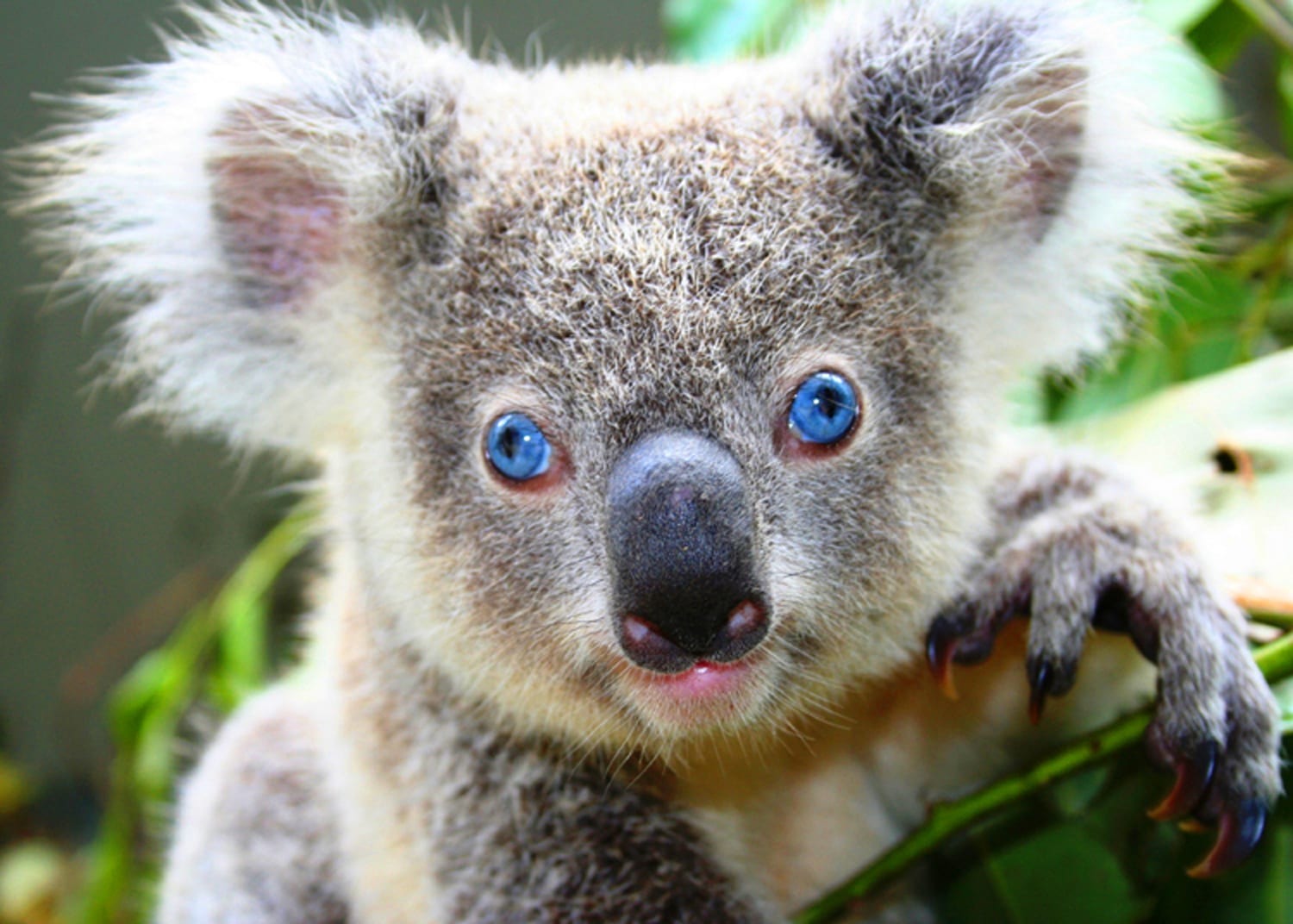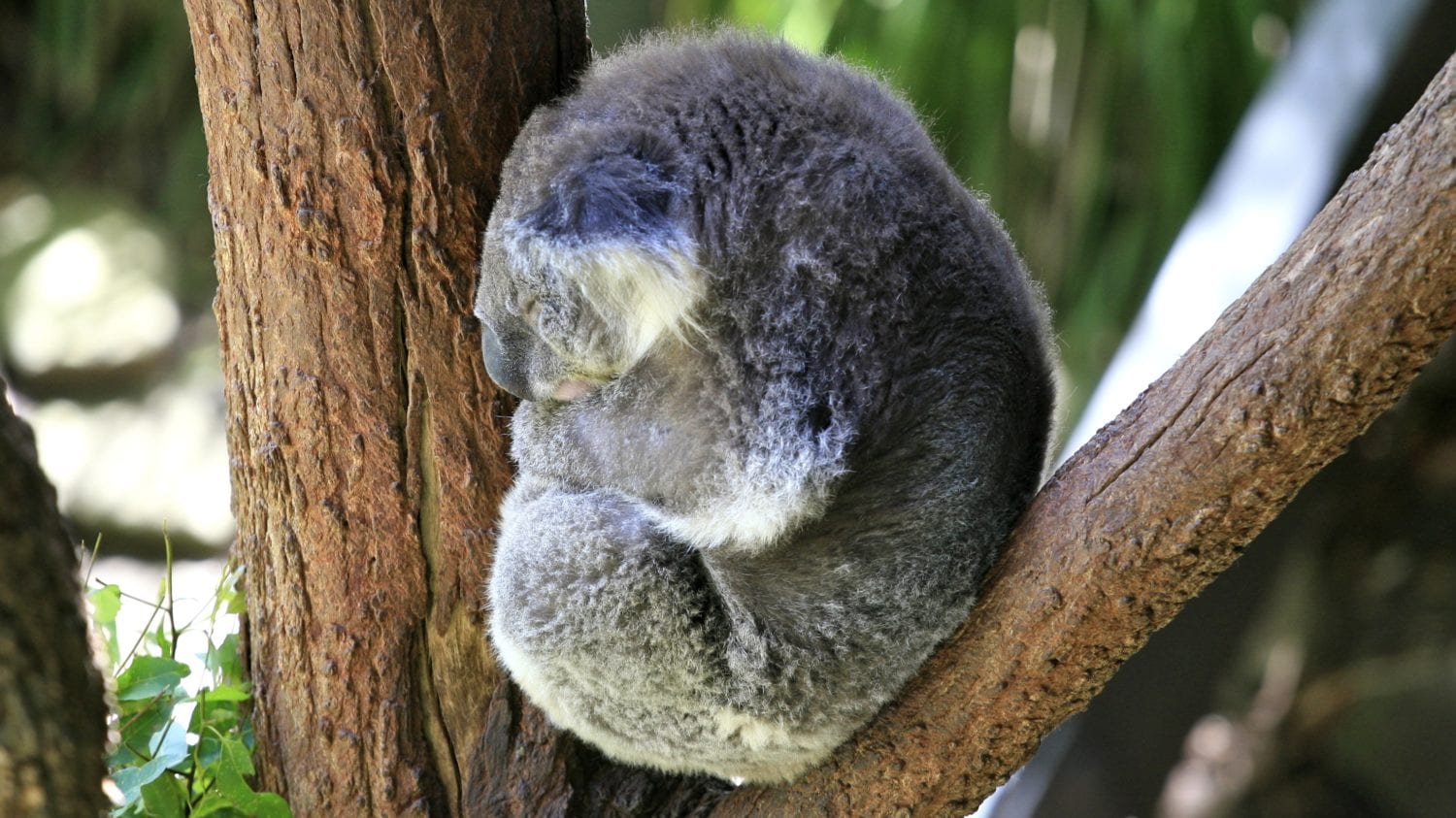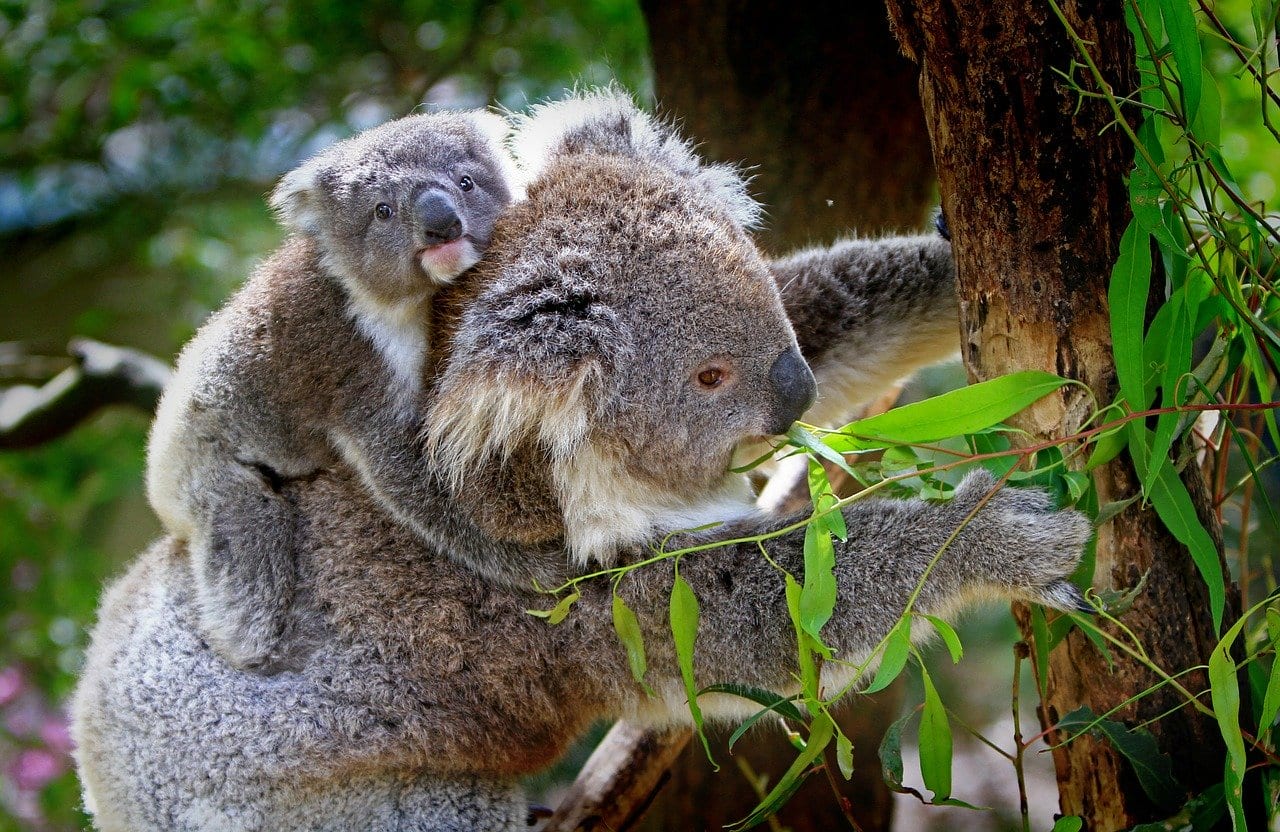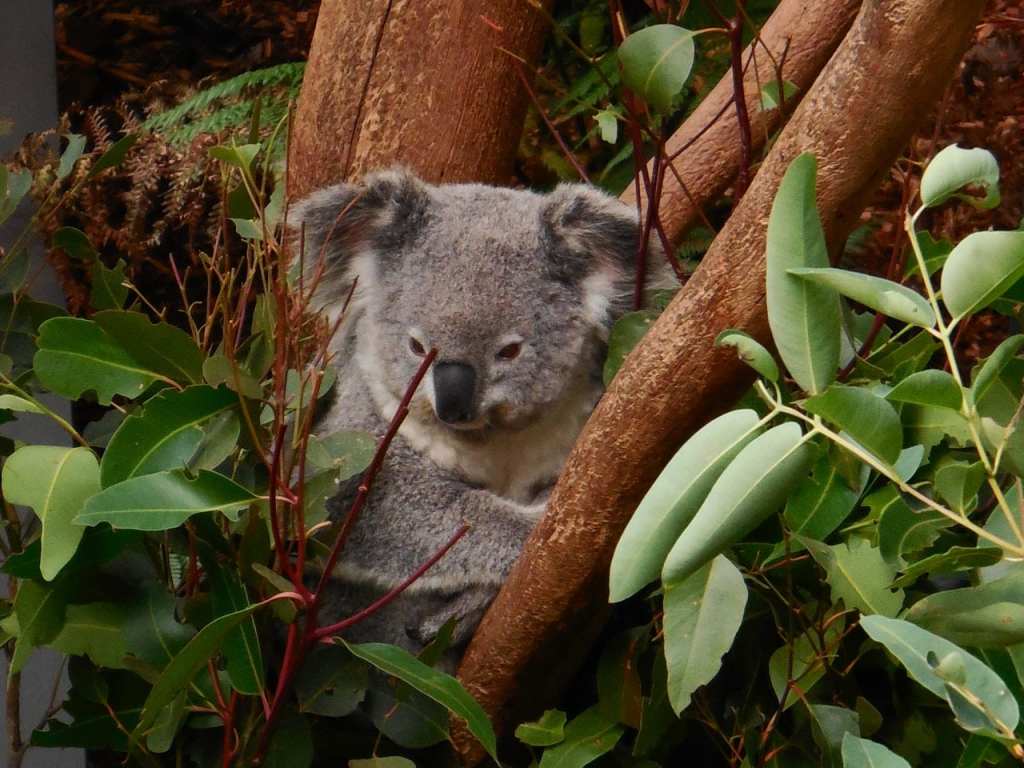Trending Now
Koalas are adorable marsupials native to Australia. You very likely won’t see them ever unless you visit a zoo or visit the country.
So what are they really like? Here are 12 facts to help you get to know the cuddly critter a little better.
12. Their Name Means “No Water”
The word koala comes from aboriginal Australian words for “no water” because the adorable animals don’t actually drink water – they get all the liquid they need from their diet of leaves.
11. They Eat a Lot of Eucalyptus Leaves
Their little bodies have adapted to handle eucalyptus, even though it’s toxic to a lot of other species. In fact, they eat very little aside from eucalyptus leaves.
10. Koalas Sleep a Lot – for a Good Reason
Eucalyptus leaves have little to no nutritional value, so they sleep 18-20 hours per day to save their energy.
9. Not All Koala Fur Is Made Equal
Australia is home to three different types of koalas. Southern koalas have the thickest fur because of the harsher winters have to endure.

Photo Credit: Wikipedia
8. Koala Babies Are About the Size of a Gummy Bear
They measure roughly 1 centimeter right after birth and spend the next few months growing inside their mother’s pouch.
7. They Have a Very Strong Liver
This helps help withstand the toxin inside eucalyptus leaves much better.
6. Their Nose Knows if Eucalyptus Is Extra-Toxic
Koalas can smell eucalyptus from really far away, and they know if leaves are fresh or old just by smelling them. They also know when their food is more toxic than usual.
5. Koalas Have Distinctive Fingerprints
Humans don’t have a monopoly on fingerprints. Koalas are unique mammals in that they too have the distinguishing marks.
4. Their Butts Have Extra Padding
This helps them get sleep wherever they want.

Photo Credit: Wikimedia Commons
3. Koalas Are Protected from Humans
Australia has anti-cuddling regulations to protect koalas from exploitation.
2. Some Moths Only Eat Koala Poo
The scat moth only eats koala poo until it becomes an adult.
1. The Koala Population Is Considered Vulnerable
Though koalas aren’t listed as endangered (they’re considered vulnerable), various factors including human activity, fires, and deforestation, are decimating their population. Particularly after the most recent Australian fire season, koalas may even be functionally extinct in some areas, meaning there are too few of them for the population to successfully find each other and breed new generations.

Photo Credit: Pixabay
What were you surprised to learn about koalas? Leave a comment below.






